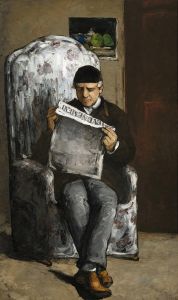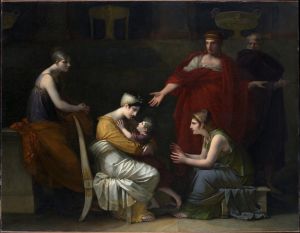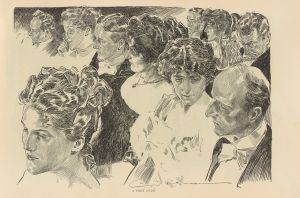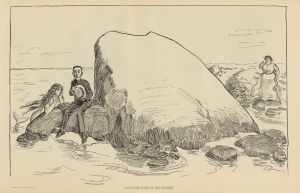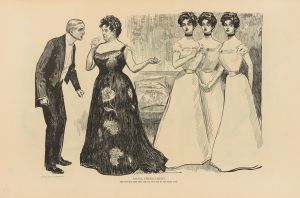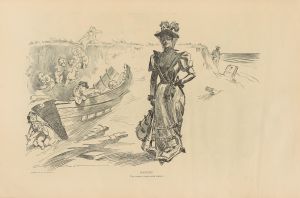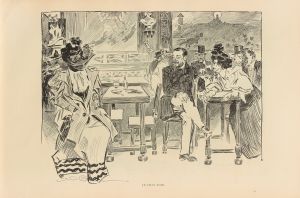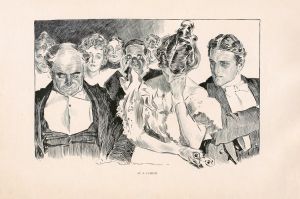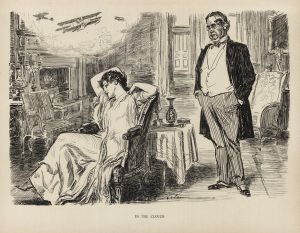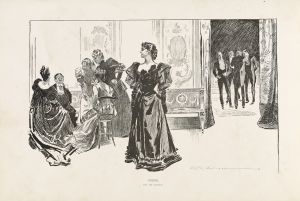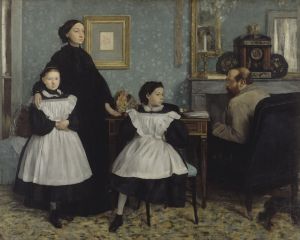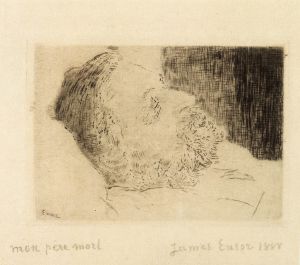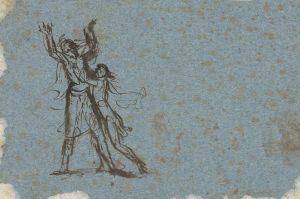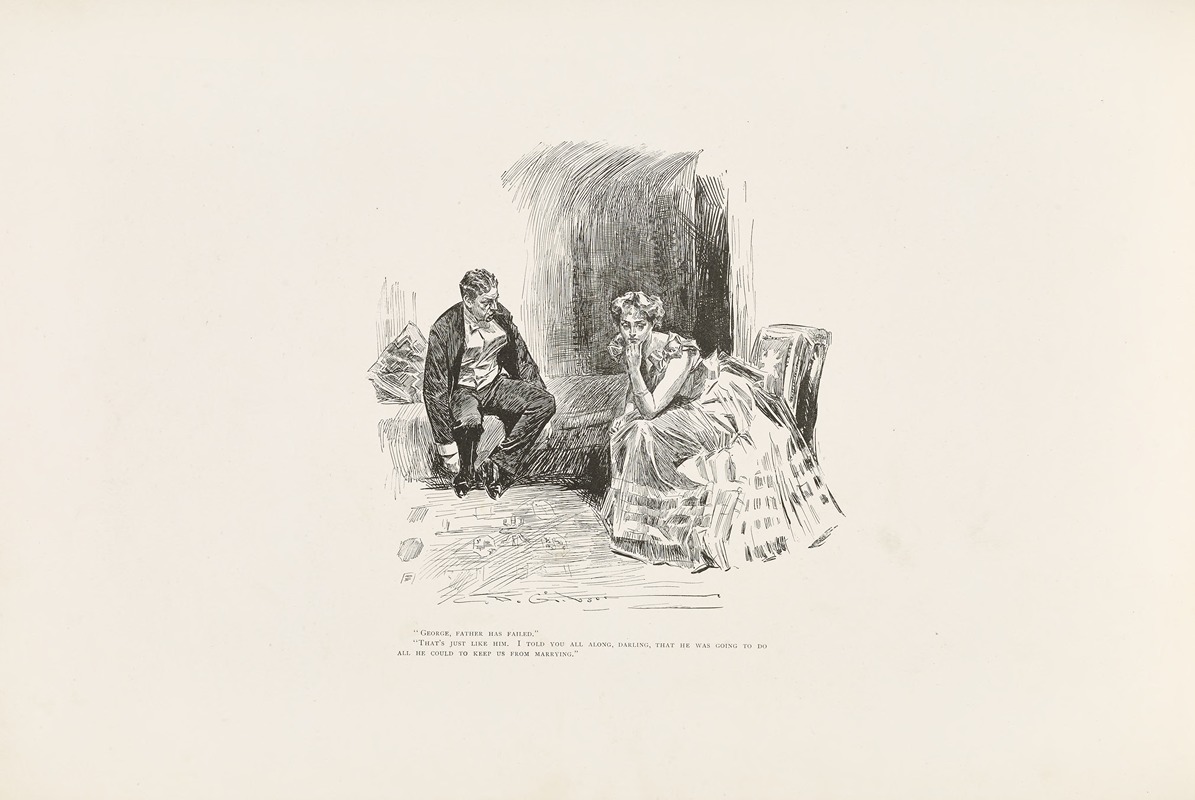
‘George, father has failed’
A hand-painted replica of Charles Dana Gibson’s masterpiece ‘George, father has failed’, meticulously crafted by professional artists to capture the true essence of the original. Each piece is created with museum-quality canvas and rare mineral pigments, carefully painted by experienced artists with delicate brushstrokes and rich, layered colors to perfectly recreate the texture of the original artwork. Unlike machine-printed reproductions, this hand-painted version brings the painting to life, infused with the artist’s emotions and skill in every stroke. Whether for personal collection or home decoration, it instantly elevates the artistic atmosphere of any space.
"George, father has failed" is an illustration by Charles Dana Gibson, an influential American graphic artist best known for his creation of the "Gibson Girl," a representation of the idealized American woman at the turn of the 20th century. This particular illustration is part of Gibson's extensive body of work that captures the social dynamics and cultural nuances of his time.
Charles Dana Gibson was born on September 14, 1867, in Roxbury, Massachusetts. He studied at the Art Students League in New York City and quickly gained recognition for his pen-and-ink illustrations. His work was widely published in magazines such as Life, Harper's Weekly, and Scribner's, which were popular during the late 19th and early 20th centuries.
The illustration "George, father has failed" is a poignant depiction of a moment of familial and financial crisis. It reflects the societal concerns of the era, particularly the economic uncertainties that many families faced. The image typically portrays a young woman, elegantly dressed, conveying the distressing news to a male figure, presumably George, about their father's financial failure. The expressions and body language captured by Gibson convey a sense of despair and urgency, characteristic of his ability to depict complex emotions with simplicity and clarity.
Gibson's work often explored themes of wealth, social status, and the roles of men and women in society. His illustrations were not just artistic expressions but also commentaries on the social issues of his time. The "Gibson Girl," for instance, was a symbol of the changing roles of women, representing independence, confidence, and beauty. Similarly, "George, father has failed" can be seen as a reflection of the economic challenges and the impact of financial instability on families during the period.
The late 19th and early 20th centuries were marked by significant economic fluctuations, including the Panic of 1893 and the subsequent depression, which affected many American families. Illustrations like "George, father has failed" resonated with the public as they mirrored the real-life struggles faced by many during these turbulent times.
Gibson's illustrations were highly influential and widely circulated, contributing to his reputation as one of the leading illustrators of his era. His ability to capture the essence of American life and the complexities of human emotions made his work enduringly popular. Although the specific publication details of "George, father has failed" are not as widely documented as some of his other works, it remains an important piece within his oeuvre for its thematic depth and artistic execution.
Charles Dana Gibson continued to produce illustrations until his retirement in the 1930s. He passed away on December 23, 1944, leaving behind a legacy that continues to be studied and appreciated for its artistic merit and cultural significance. His work, including "George, father has failed," remains a valuable window into the societal norms and challenges of his time, offering insight into the historical context that shaped the lives of many Americans.






